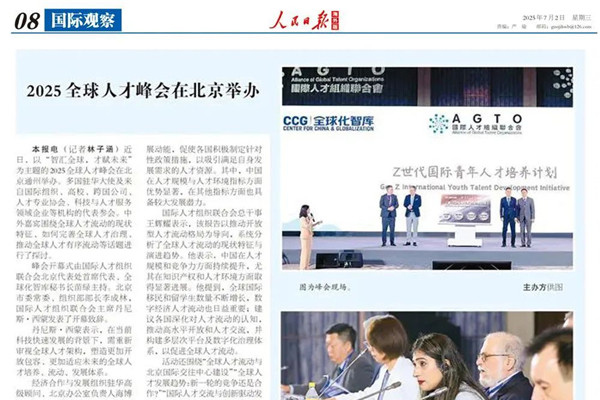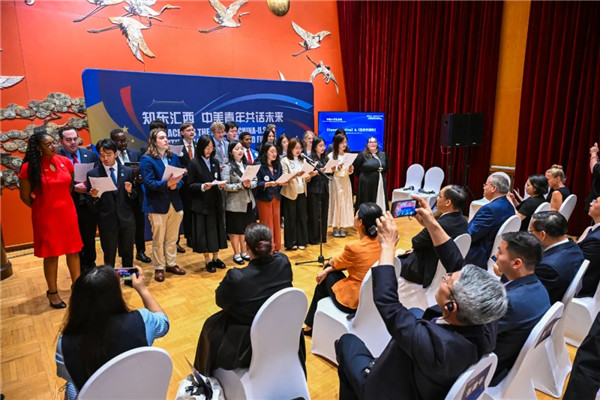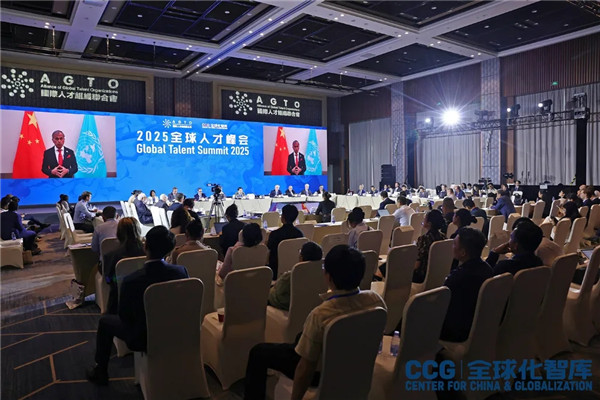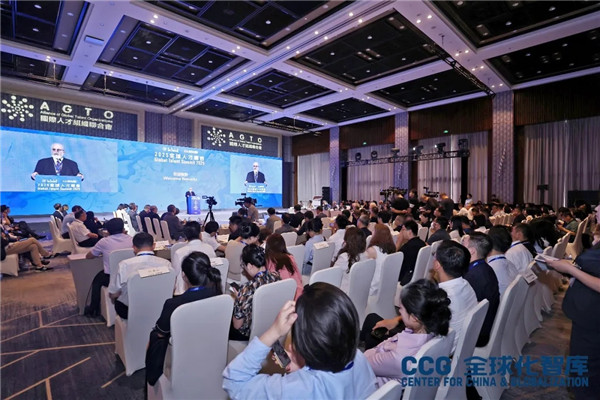【CGTN】China, US should foster new growth points for trade amid rift
2018年4月9日China implemented its countermove to US President Donald Trump’s metal tariffs on Monday by bringing into effect its earlier announced intention to impose tariffs on 128 US imports.
Trump announced higher duties on steel and aluminum imports from China on March 8 under the broad “Section 232” national security tariffs, and they came into force a fortnight later. But that was not enough to feed the businessman-turned president’s appetite. Invoking Section 301 of the US Trade Act of 1974, which has actually never been used since the late 1980s, he signed a presidential memorandum on March 22 that could impose tariffs of up to 60 billion US dollars on imports from the Asian powerhouse he has called “an economic enemy.”
Later, US Trade Representative Robert Lighthizer noted the tariffs, a large proportion of which target Chinese hi-tech products, may not be imposed until early June. “I think there is hope,” he said when asked whether Beijing will avert the massive duties through negotiations.
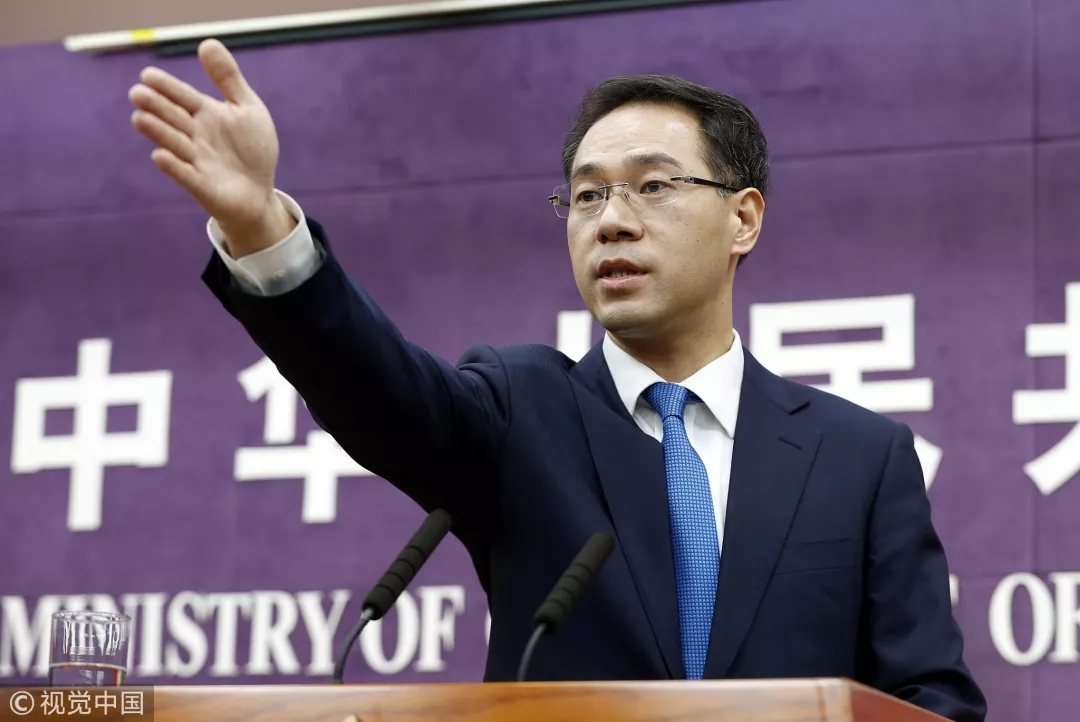
Gao Feng, spokesman for China’s Ministry of Commerce, called for WTO members to oppose trade protectionism, in Beijing on March 29, 2018. /VCG Photo
In the 60-day period seeking public comments, both China and the US are seeking effective policy measures to prevent the trade rift from evolving into an all-out internecine war.
In reality, the tremendous US trade deficit of 100 billion US dollars, as Trump has claimed, is not quite accurate, since the methods for calculating trade figures need to be updated. For instance, many Chinese manufacturing companies import raw materials from a third-party country; Japan, Ireland and Israel are among a slew of nations that profit as material suppliers. But Washington accuses Beijing of raking in the bulk of the profits from the manufactured products when in reality, much of the “profits” actually go toward purchasing these raw materials from those countries. Therefore, the trade surplus would be a different figure if these factors are taken into account.
To address Trump’s trade concern, both sides should foster new growth points.
Launching cross-border e-commerce cooperation can be effective, for e-business brings in about 10 billion US dollars on average every day. China’s some 300 million middle-class earners – the cohort of which is still burgeoning – spend tens of billions of US dollars online per day.

People walk past an advertising display of the Dior luxury goods company outside a department store in Beijing, November 30, 2016. /VCG Photo
Plenty of the goods lying in those consumers’ online shopping carts are made in the US, like milk, apparel and cosmetics. China’s customs authorities are expected to adopt effective measures to facilitate popular US goods in entering the Chinese market.
When meeting with Trump in New York last January, Chinese Internet business magnate Jack Ma, founder of the Alibaba Group, talked about his plan to empower US small business, entrepreneurs and farmers to sell their products to Chinese middle-class consumers who have staggeringly high online purchasing power. The cross-border e-commerce sales to this booming marketplace would help create a projected one million jobs across the US over the next five years.
For Beijing, another way to facilitate trade growth is to expand imports from the US, such as energy products and farm produce, to benefit domestic consumers. In the meantime, China can lower the tariff on automobiles – which currently stands at a prohibitive 25 percent, cellphones and luxury items.
The US is blessed with abundant shale oil and natural gas while China is now the world’s largest energy importer, making energy trade a highlight in striking a trade balance between the two sides. The natural gas yield in the US hit a peak of 767 billion cubic meters in 2015, and according to the US Energy Information Administration, the country is projected to become the world’s third-biggest liquefied natural gas exporter by 2020 after Australia and Qatar.
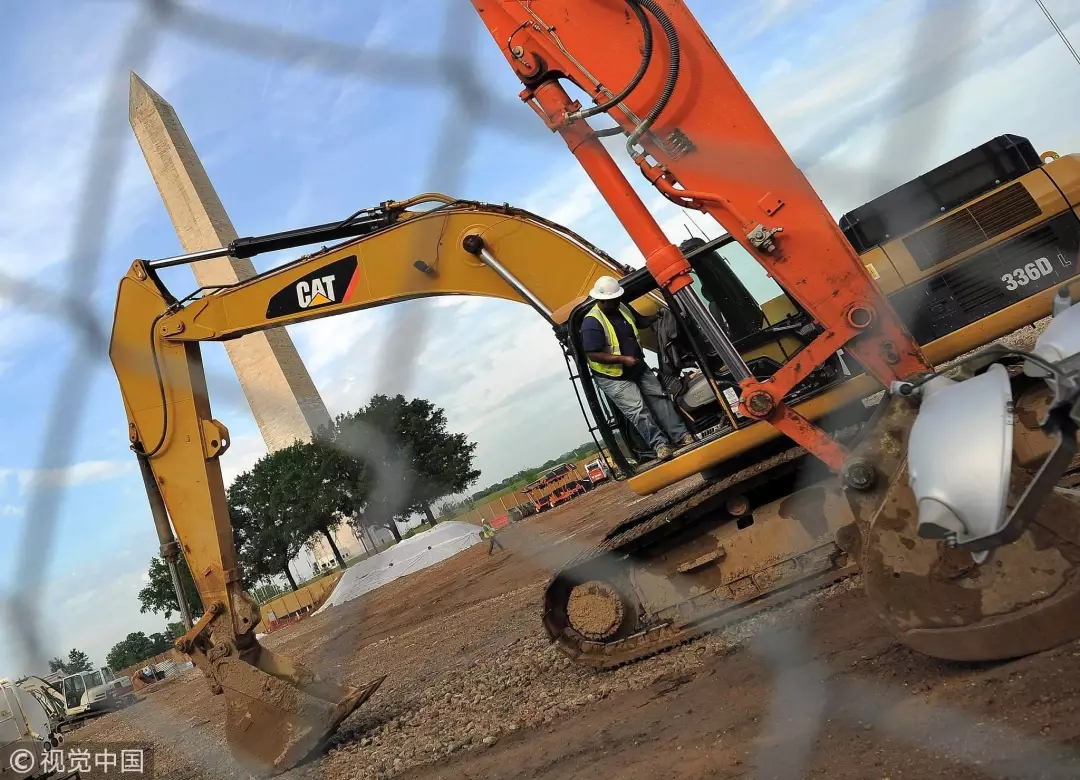
A worker stands in the cab of an earthmoving Caterpillar machine at a construction site in downtown Washington, DC, on May 1, 2012. /VCG Photo
Both countries can also cooperate on infrastructure development for US energy exports. For instance, if the US can facilitate Chinese investment in gas infrastructure construction along its West Coast, that will greatly help reduce its trade deficit to China.
Meanwhile, it’s important to prevent the EU from getting into this trade conflict. Beijing should work with European nations and support their positions in the WTO to reach greater consensus on trade.
With all the strategic policy measures, we are upbeat about containing the ripple effects of this friction. Conversely, huge tariffs may not be a bad thing, for they encourage us to ramp up technological innovation.
(The author is a reporter for CGTN. The article is based on an exclusive interview with Wang Huiyao, founder and president of the Center of China and Globalization.)
From CGTN,2018-4-2
